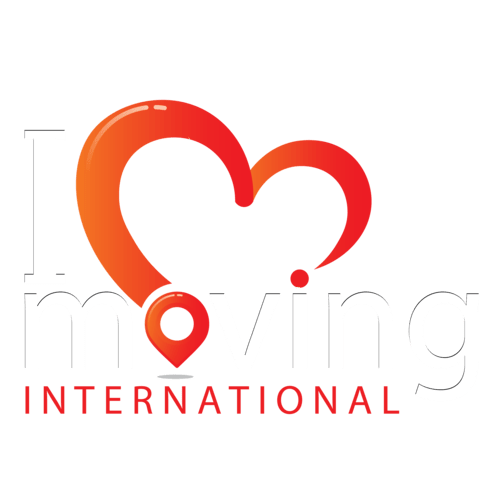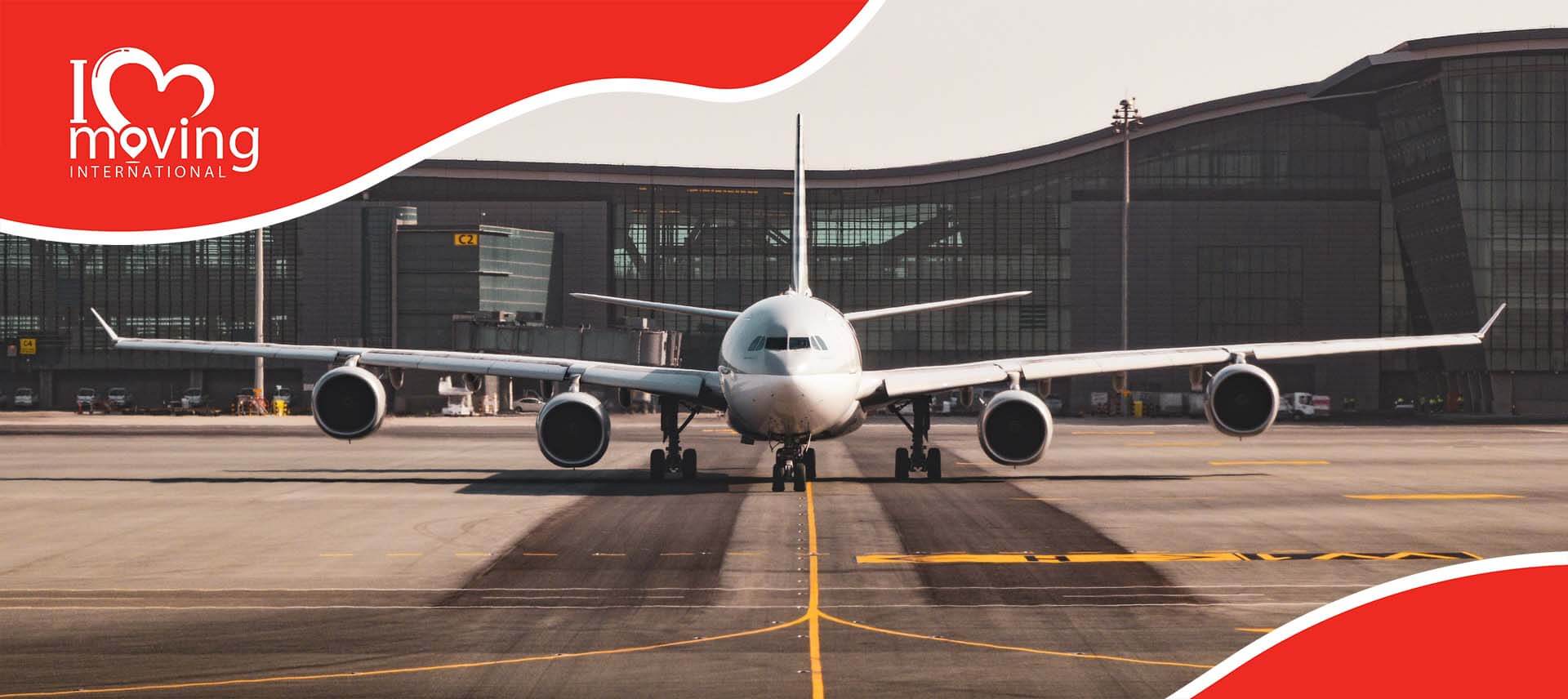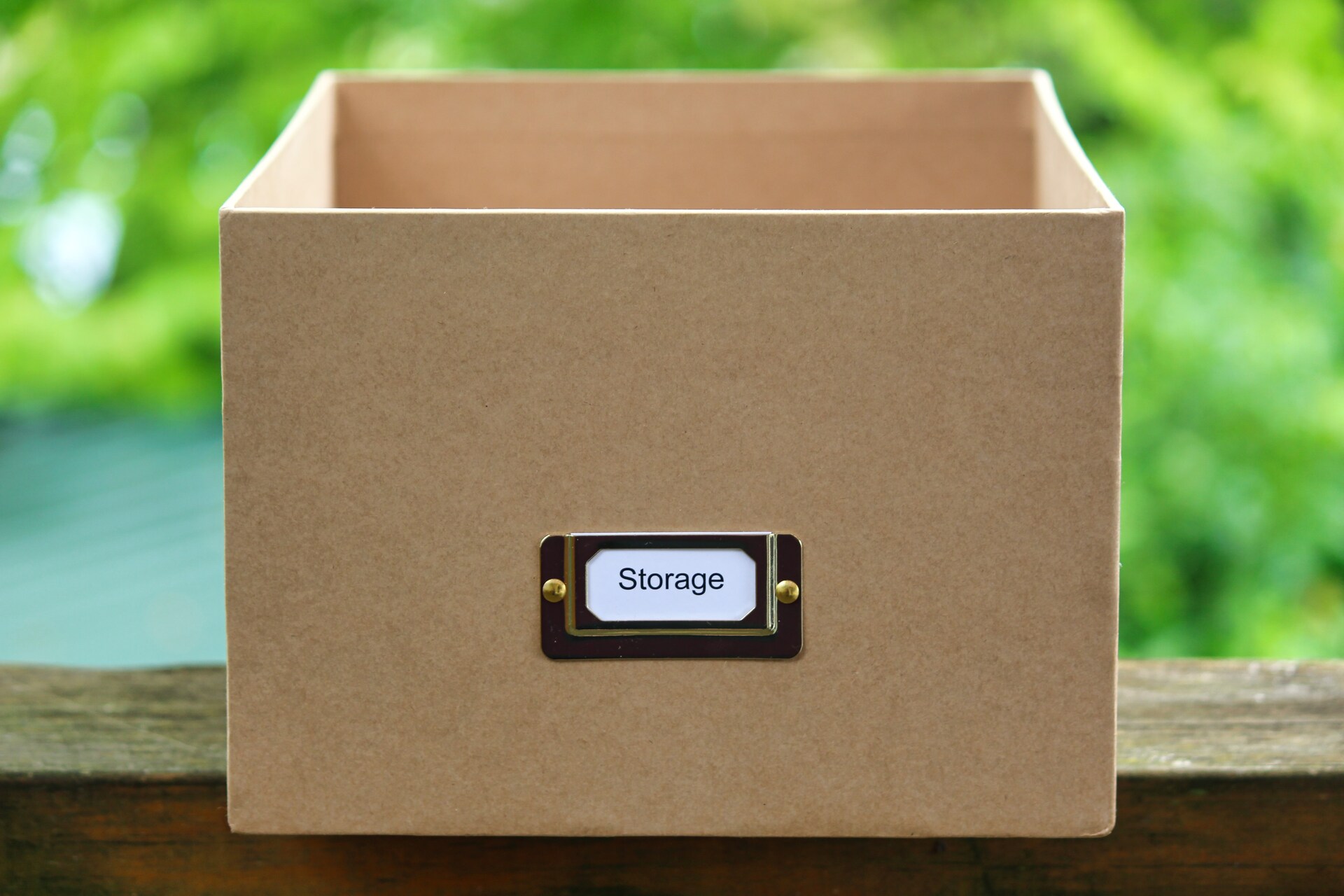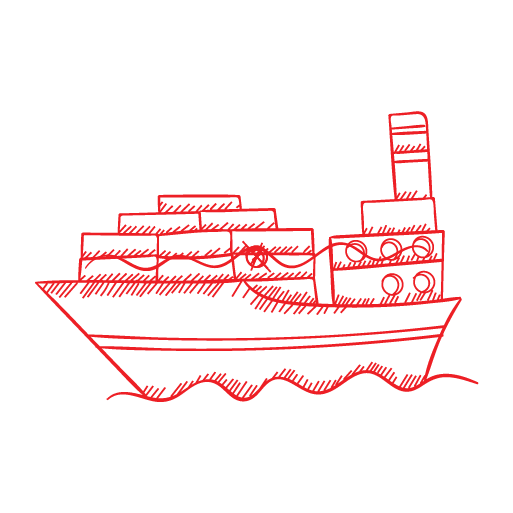Embarking on an international journey requires meticulous planning. Our ultimate packing list for international relocation is designed to ease the stress of moving abroad. It covers everything you need, ensuring a smooth transition to your new home. Start the adventure confidently, equipped with our guide to packing for a move, simplifying this life-changing journey.

How to make an ultimate packing list for international relocation? Begin by researching the climate, cultural norms, and available amenities in the new country. Categorize items into essentials, like important documents and medications, and non-essentials that can be replaced. Prioritize possessions based on necessity and weight restrictions. Regularly update the list as the relocation date approaches, and consider potential emergencies or unexpected situations. This thorough approach ensures you’re well-prepared for your life abroad, balancing practicality with the comforts of home.
Why Do You Need a Packing List for an International Relocation?
International relocation is popular among Americans. It’s estimated by the US State Department that about 9 million US citizens are living abroad. Taking such a huge leap into the unknown can be made easier with the help of a packaging checklist.
Making a packing list for an international relocation is crucial to avoid common moving mistakes. When relocating, and especially moving internationally, the challenges are not just about adapting to a new environment but also ensuring a smooth transition. A well-thought-out packing list acts as a roadmap, guiding you through the packing process and helping you prioritize what’s truly essential.
It minimizes the chances of forgetting important items, reduces last-minute chaos, and helps in managing the luggage efficiently. When you clearly outline what needs to be packed, a packing list significantly reduces the stress and uncertainty that often accompany international moves, ensuring you’re well-equipped to start a new chapter abroad.
Starting With the Basics – Essential Documents and Paperwork
When preparing a moving-out list, the foremost category should be the documents needed to travel abroad. This includes a passport, necessary visas, work permits, birth certificates, and any legal documentation pertinent to the relocation. Also include medical records, insurance documents, academic records, and marriage or divorce certificates if applicable.
For those moving with pets, don’t forget their health records and any pet relocation permits. These documents are the bedrock of the international move, as they’re required not only for travel but also for setting up a new life in a foreign country.
Tips for Keeping These Documents Safe and Accessible
One of the key things to do before moving is to ensure the safety and accessibility of the essential documents. Start by making digital copies of all important papers and store them in a secure cloud service. This way, you have backups in case of loss or damage.
Additionally, keep these documents in a waterproof and fireproof folder or bag. Consider investing in a small, portable safe or a lockable document holder. It’s also wise to keep a set of photocopies separate from the originals.
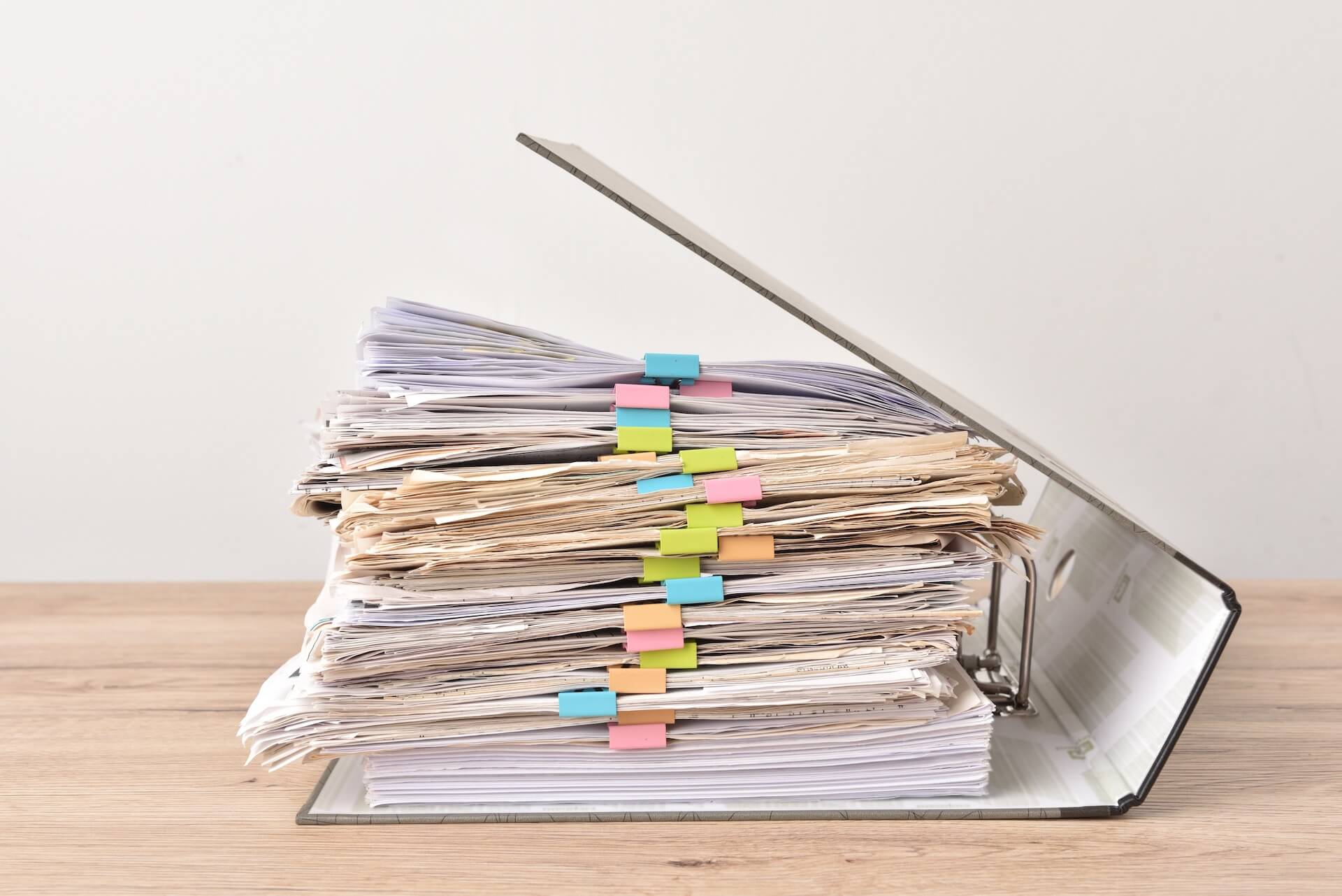
Decide What to Take and What to Leave
When planning a relocation, a critical step is deciding what to keep and what to leave behind. Start by categorizing the belongings into essentials and non-essentials. For clothing, consider the climate and cultural norms of your new destination.
Books and other media weigh their sentimental value against the practicality of digital alternatives. Sentimental items require a delicate balance; keep those that are irreplaceable and part with items that can be captured in photos or don’t hold as much emotional weight.
This process not only streamlines packaging but also makes settling in more manageable and less cluttered.
To make this task more efficient, watch the following video.
What Are the Main Considerations for Selling, Donating, or Storing Items
Deciding whether to sell, donate, or store things is an integral part of preparing for movers and identifying relocation essentials. Here are the main considerations:
- Value and usefulness – Assess the monetary and practical value of each item. If it’s valuable and rarely used, selling might be the best option.
- Storage options and costs – For possessions that are impossible to part with but can’t take, evaluate storage options and costs. Long-term storage can be expensive, so weigh this against the item’s sentimental or monetary value.
- Donation opportunities – Identify items that could benefit others. Donating to Goodwill or The Salvation Army can be a fulfilling way to lighten your load and help those in need.
- Time and effort – Consider the time and effort required to sell or donate items. Sometimes, the convenience of quick disposal outweighs the potential profits from selling.
Immediate Needs – Items For the First Week in a New Country
It’s essential to have a section in the moving checklist dedicated to immediate needs for the first week when relocating across the world. This section should include a selection of clothing suitable for the local climate and any planned activities. Toiletries, basic cooking items, and perhaps a few non-perishable food products are also crucial.
Additionally, include any necessary electronics and chargers, a basic first-aid kit, and essential documents. These items will ensure comfort and functionality during the initial days in a new environment, reducing the immediate need to shop for basics.
Tips on Creating an Easily Accessible ‘First Week’ Box or Suitcase
To move efficiently, consider preparing a ‘First Week’ box or suitcase that is easily accessible upon arrival. This should contain items crucial for the first few days, like a few changes of clothes, basic toiletries, essential electronics, and important documents.
Place belongings like a universal adapter, a small set of utensils, and perhaps a comforting personal item, such as a book or photo, in this container. Labeling it distinctly ensures that it can be quickly identified amidst other belongings.
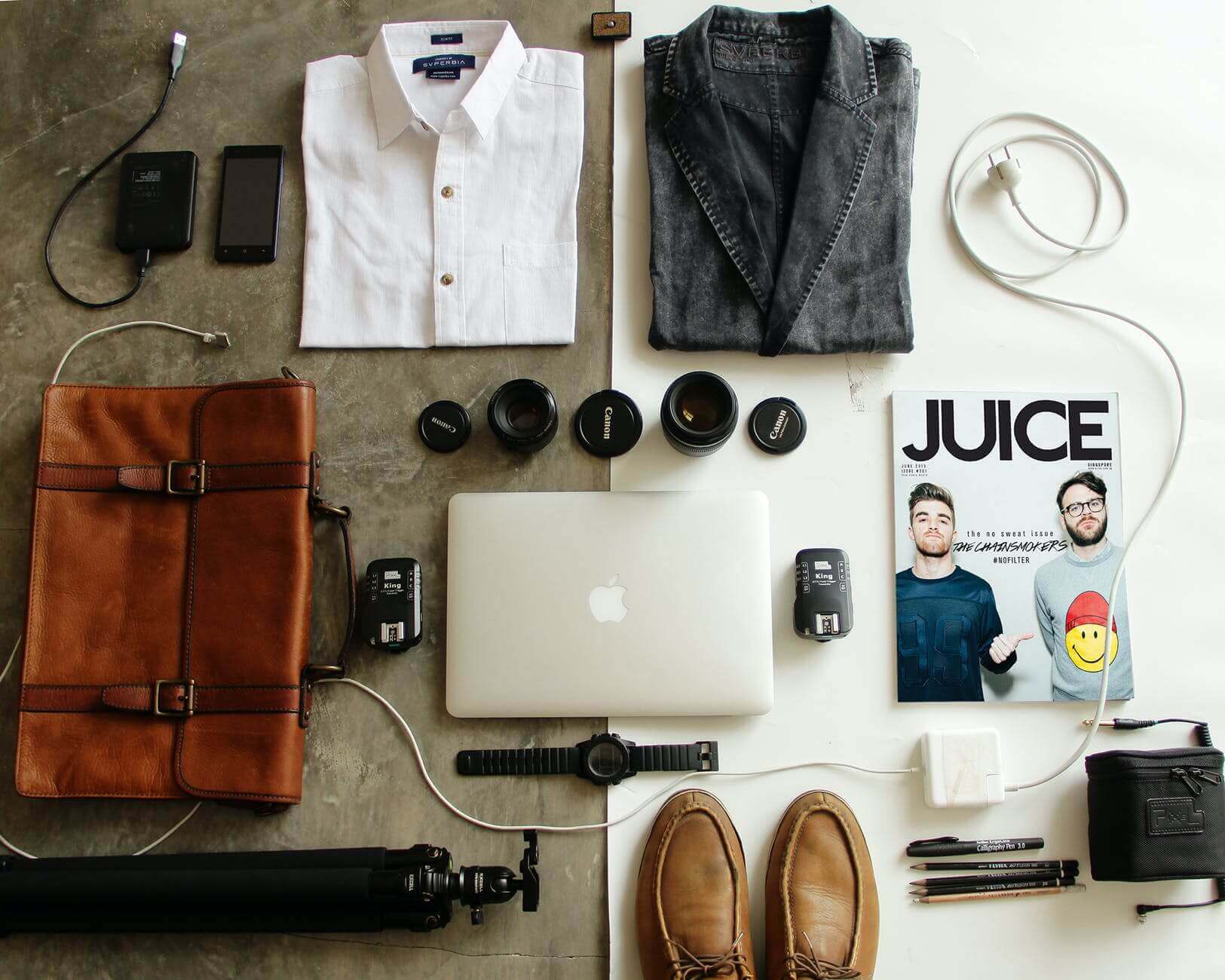
Clothes and Personal Belongings – Pack Smart
Next on the list for international transition is clothing, where smart selection and organization are key. Start by packing out-of-season clothing, as these possessions are less likely to be needed immediately.
It’s crucial to research the climate and cultural norms of the new destination to ensure appropriate attire is chosen. For instance, if relocating to a colder climate, prioritize warmer pieces, whereas a tropical destination would require lighter fabrics.
On top of this, consider any cultural dress codes to respect local customs. This careful approach not only saves space but also ensures that one is well-prepared for the new environment from day one.
Managing Electronics – Adapters and Compatibility
Next on the list is packaging electronics for moving overseas. Think about the compatibility of the devices with the electrical systems in the new country. This part of the checklist should include necessary adapters and converters to match the destination’s plug types and voltage.
Check each electronic device for its voltage range and plug type. Including universal adapters and voltage converters can ensure the devices function safely and effectively. Also, remember to pack chargers for all devices, along with any necessary spare batteries or power banks.
Deciding Which Electronics to Bring, Store, or Sell
To make moving easier, it’s important to thoughtfully decide which electronics to bring along, which to store, and which to sell. Evaluate the necessity and frequency of use of each device. Bulky or rarely used electronics might be better off sold or stored.
Consider the availability and cost of similar electronics in the new country, as, sometimes, it’s more practical to purchase new items upon arrival. For items that are crucial for daily life or work, such as laptops or smartphones, ensure they are packed securely and are easily accessible.

Healthcare Essentials – Medication and First Aid
When preparing for an international transition, it’s critical to include healthcare essentials on the checklist, particularly if flying with prescription medicine. Ensure that a sufficient supply of prescription medication is packed, along with the original prescriptions and a letter from the doctor, explaining the need for the medication.
This is crucial for smooth passage through customs and avoiding potential legal issues. Additionally, pack a basic first-aid kit with things like band-aids, antiseptics, pain relievers, and any over-the-counter drugs that might be necessary. These preparations are vital for addressing health needs during the initial period of adjustment.
Tips for Handling Medical Records and Health Insurance Documents
Handling medical records and health insurance documents requires careful planning. It’s advisable to obtain a comprehensive copy of medical records, including vaccination history, and store them securely, preferably in both physical and digital formats.
Digital copies should be backed up online for easy access. When it comes to health insurance, carry all relevant documents and understand the terms of international coverage, if applicable. It’s also beneficial to research healthcare providers in the new country and learn how to transfer prescriptions or continue necessary treatments.
Ensuring these documents are in order and easily accessible can greatly smooth the transition to a new healthcare system and avoid potential complications.
Family Matters – Preparing Kids and Pets
Moving with kids and pets adds an extra layer to the process. For children, it’s crucial to maintain a sense of comfort and familiarity amidst the change. Involving them in the packing process can help ease anxieties. Pets, on the other hand, require specific preparations for travel, including health checks and understanding airline policies.
Here are the special packaging considerations for children and pets.
Children’s belongings:
- Favorite toys and comfort items for emotional support.
- Necessary clothing, accounting for climate changes.
- Educational materials and devices to maintain routine.
Pet relocation:
- Updated vaccination records and health certificates.
- A travel-friendly carrier and familiar bedding or toys.
- Adequate pet food and any necessary medications.
Don’t Forget Miscellaneous and Overlooked Items
In the whirlwind of organizing an international transition, some of the most commonly forgotten things to pack are often the simplest yet essential items. This includes spare glasses or contact lenses, which are crucial for those with vision needs. Special cooking utensils that might not be readily available or are specific to certain culinary traditions should also be considered.
Think about hobby-related possessions, whether it’s art supplies, musical instruments, or knitting needles. Sports enthusiasts should remember to pack their specialized equipment, like yoga mats, tennis rackets, or hiking gear. These items, though not always top of mind, greatly contribute to maintaining hobbies and lifestyles.

Make a List and Hire Movers to Box Up All Belongings
When it comes to moving abroad, hiring movers from a reputable overseas moving company is a vital step. These professionals are experienced in the nuances of shipping overseas, ensuring that all belongings are securely and efficiently packed for transit.
Work closely with the movers, providing them with a detailed inventory of items to be shipped. This not only aids in the organization but also ensures that nothing is overlooked. The company can also provide guidance on customs regulations and valuable insights on the best shipping methods. Simply research companies and invest in moving by sea services and think about using their full or partial packing services, too.
Prepare for a Smooth Move With the Help of A Reliable Company
Entrusting all belongings to a reliable overseas shipping company is the final piece. I Love International Moving company offers the expertise and experience necessary to navigate the complexities of an international move. With a focus on customer satisfaction, we ensure that every aspect of the move is handled with the utmost care and efficiency. Our team is dedicated to making the move as stress-free as possible. We invite you to contact us and experience a seamless move with professionals who truly understand the intricacies of international relocation.
FAQ
Start by selecting sturdy boxes that are appropriately sized for the items. Wrap each fragile item individually using bubble wrap or packaging paper, ensuring ample cushioning. When placing them in boxes, avoid overpacking and fill any gaps with crumpled paper or foam peanuts to prevent movement during transit.
Deciding on the amount of clothing to pack depends on the climate of the new destination and the cultural norms. It’s practical to select versatile clothing that can be mixed and matched, covering various occasions and weather conditions. Aim to pack enough to last you about a week or two, considering the availability of laundry facilities.
To keep track of all belongings, create a comprehensive inventory list. This can involve numbering each box and listing its contents. Digital home inventory apps can be incredibly useful for this purpose, allowing for quick and easy reference. This method not only aids in organization but also ensures that you can quickly locate specific items.
Starting the packing process early is key for a stress-free move. Ideally, begin packing at least 6-8 weeks before the move date. Initially, focus on items that are used infrequently, gradually moving towards everyday items as the date gets closer. This staggered approach helps in avoiding last-minute rushes and ensures that nothing important is left behind.
These mistakes include overpacking and taking more than what’s truly necessary, leading to excess luggage and potential additional costs. Forgetting to check the compatibility of electronics with the voltage and plug types in the new country is also a common oversight.
There are certain essential items that are frequently overlooked in the chaos of packing. Spare glasses or contact lenses, specific prescription medications, and important documents like birth certificates or academic records are crucial. People often forget to pack universal adapters for electronics and essential toiletries for immediate use upon arrival.
